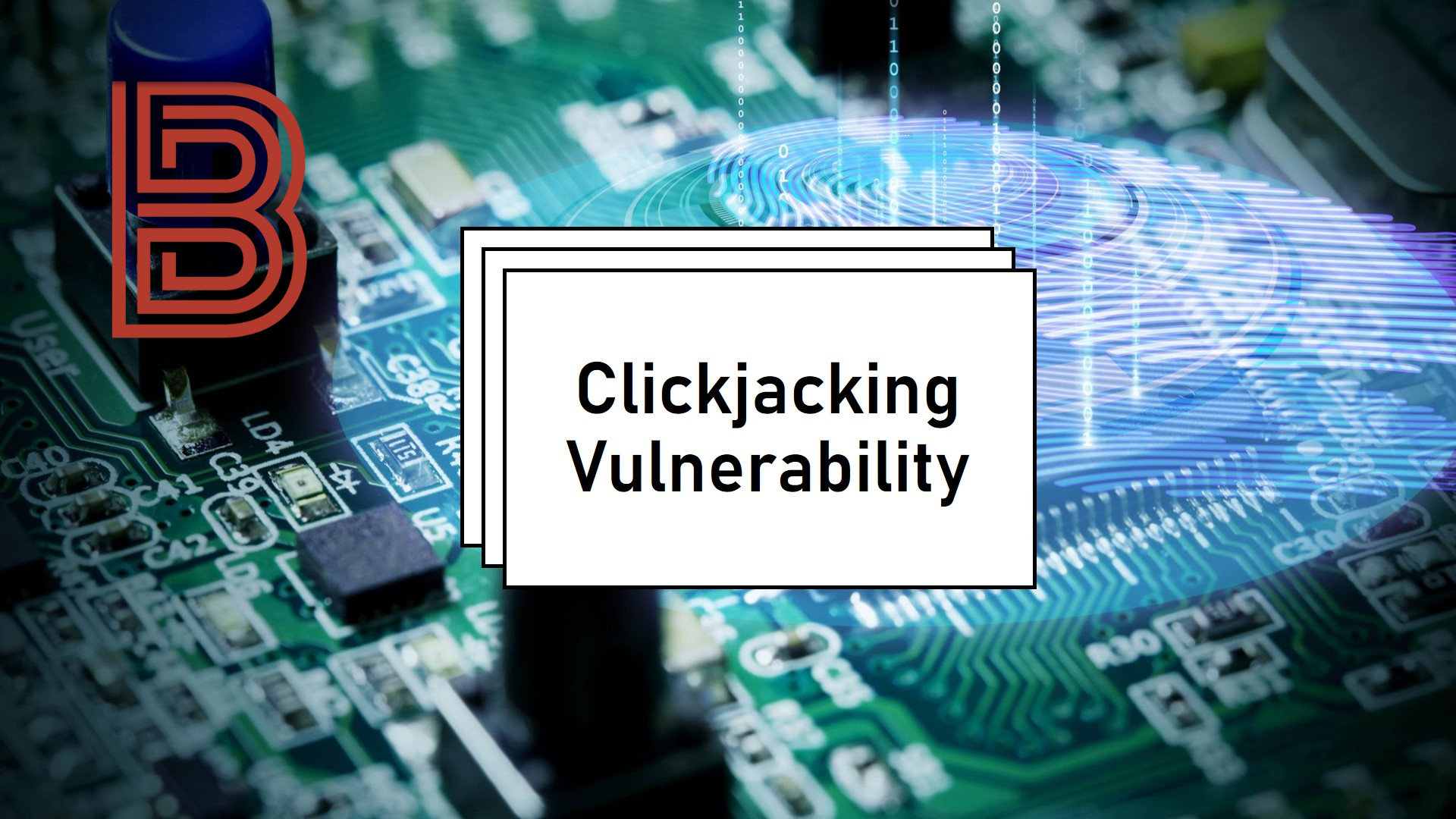
In the ever-evolving landscape of cybersecurity, one of the more insidious threats organizations face is clickjacking. This sophisticated cyberattack exploits user trust and web application vulnerabilities, creating significant risks for individuals and businesses alike. By understanding the mechanics of clickjacking and adopting robust risk management strategies, organizations can protect their digital assets and maintain user trust.
What is Clickjacking?
Clickjacking, also known as “UI redressing,” is a technique used by attackers to trick users into clicking on something different from what they perceive. The attacker typically overlays a malicious webpage or user interface element, such as a transparent iframe, over a legitimate webpage. When users interact with the visible page, they unknowingly trigger actions on the hidden malicious layer.
For example, a user may think they are clicking a “Play” button on a video but instead are unknowingly authorizing a financial transaction, sharing sensitive information, or granting administrative access to their accounts. The deceptive simplicity of clickjacking makes it both effective and challenging to detect.
How Clickjacking Works
Clickjacking typically involves the following steps:
Setup of Malicious Content: The attacker creates a webpage with a legitimate-looking interface but embeds malicious elements, such as hidden frames or buttons.
Tricking the User: The attacker entices the user to visit the page through phishing emails, social media posts, or other bait.
Execution of Malicious Actions: The user unknowingly interacts with hidden elements that execute the attacker’s intended action, such as transferring funds, changing security settings, or installing malware.
Common Examples of Clickjacking Attacks
Likejacking: Users are tricked into “liking” social media posts or pages, boosting the attacker’s content reach or credibility.
Keystroke Hijacking: Malicious scripts capture sensitive data entered by users, such as passwords or credit card numbers.
Video Clickjacking: Users believe they are playing a video but instead perform unintended actions, such as enabling a webcam or granting permissions.
The Implications of Clickjacking
Clickjacking poses several risks, including:
Data Breaches: Sensitive user information may be exposed.
Financial Loss: Unauthorized transactions or theft of funds.
Reputational Damage: Loss of trust in an organization’s platform.
Regulatory Penalties: Failure to secure user data may result in fines under data protection regulations like GDPR or CCPA.
Detecting and Preventing Clickjacking
Mitigating clickjacking requires a multi-layered approach, combining technical measures, user education, and ongoing vigilance.
1. Technical Safeguards
Content Security Policy (CSP): Implement a CSP to control which domains can embed your website, thereby preventing unauthorized framing.
X-Frame-Options Header: Configure this HTTP response header to specify whether a browser should be allowed to render a page inside a frame, iframe, or object. Common values include:
DENY: Prevents the page from being displayed in any frame.
SAMEORIGIN: Allows the page to be framed only on the same domain.
Frame Busting Scripts: Include JavaScript code to prevent the page from being loaded within a frame.
2. User Awareness
Educate users to recognize phishing attempts and avoid interacting with suspicious links. Encourage them to verify website URLs and use browser extensions that enhance security.
3. Regular Security Assessments
Conduct penetration testing and vulnerability assessments to identify and mitigate clickjacking risks. Ensure your development team follows secure coding practices.
4. Use Multi-Factor Authentication (MFA)
MFA adds an extra layer of protection, reducing the likelihood of account compromise even if a clickjacking attack succeeds.
Incorporating Clickjacking into Cyber Risk Management
Cyber risk management strategies should integrate clickjacking mitigation into broader security frameworks. This involves:
Risk Assessment: Evaluate the likelihood and impact of clickjacking attacks on your organization.
Incident Response Plan: Develop and test plans to respond swiftly to detected clickjacking incidents.
Compliance and Standards: Align with industry standards such as ISO 27001 to demonstrate a commitment to cybersecurity.
Summary
Clickjacking represents a significant yet manageable cyber risk. By understanding its mechanics, implications, and prevention strategies, organizations can minimize their exposure to this threat. Through a combination of robust technical measures, user education, and proactive risk management, businesses can safeguard their operations and maintain trust in their digital platforms. As cyber threats continue to evolve, staying ahead of vulnerabilities like clickjacking is essential in the pursuit of a secure digital ecosystem.




















